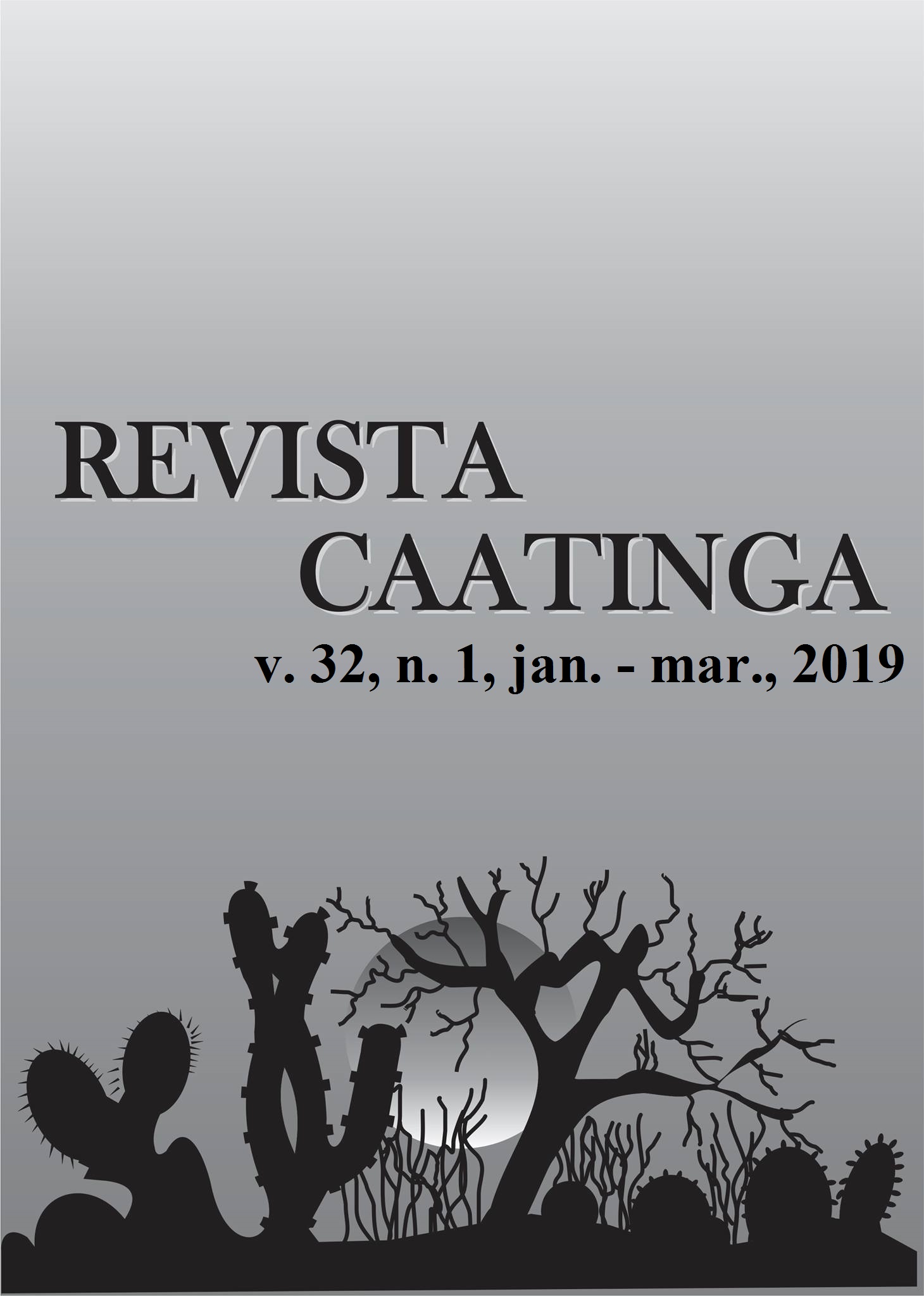CHEMICAL COMPOSITION OF SWINE WASTEWATER, SOIL, AND TIFTON 85 AFTER 8 YEARS OF APPLICATION
DOI:
https://doi.org/10.1590/1983-21252019v32n126rcKeywords:
Affluent. Biodigester. Cynodon spp. Manure. Swine fertilizer.Abstract
The aim of this study was to evaluate the chemical composition of swine wastewater (SW), and its effect on the chemical attributes of soil and plants in a long-term experiment. The area was designed for an 8-year hay production, using Tifton 85 grass (Cynodon spp.), with an average annual application of 360 m3 ha-1, divided into 6 applications. Also, soil chemical composition was evaluated at 0.0-0.20 and 0.20-0.40 m of depth, and the chemical composition of plant and vegetable materials on the ground were evaluated for two months (November and June). Concentrations of N, Ca, and Cu in SW did not decrease from the affluent to the storage lagoon. It was observed that the content of Cu, Zn, and Mn was classified as in excess in soil that could be a consequence of high levels of these micronutrients utilized in rations of swine in the SW supplier farm, mainly in the rations of piglets combined with a low extraction of these nutrients by plants. In relation to micronutrients and P (46.08 mg dm-3) in the soil, these should be evaluated in greater depth than performed in the present study, because the concentrations did not vary considerably among depths and were high. The concentrations of Cu and Zn were high in shoot plants with an average of 133.0 and 139.30 mg kg-1, respectively. The continuous use of SW should be monitored continuously through analyses of soil and waste, and alternatives must be researched to reduce the concentration of micronutrients and P in SW.
Downloads
Downloads
Published
Issue
Section
License
Os Autores que publicam na Revista Caatinga concordam com os seguintes termos:
a) Os Autores mantêm os direitos autorais e concedem à revista o direito de primeira publicação, com o trabalho simultaneamente licenciado sob a Licença Creative Commons do tipo atribuição CC-BY, para todo o conteúdo do periódico, exceto onde estiver identificado, que permite o compartilhamento do trabalho com reconhecimento da autoria e publicação inicial nesta revista, sem fins comerciais.
b) Os Autores têm autorização para distribuição não-exclusiva da versão do trabalho publicada nesta revista (ex.: publicar em repositório institucional ou como capítulo de livro), com reconhecimento de autoria e publicação inicial nesta revista.
c) Os Autores têm permissão e são estimulados a publicar e distribuir seu trabalho online (ex.: em repositórios institucionais ou na sua página pessoal) a qualquer ponto antes ou durante o processo editorial, já que isso pode gerar alterações produtivas, bem como aumentar o impacto e a citação do trabalho publicado (Veja O Efeito do Acesso Livre).







